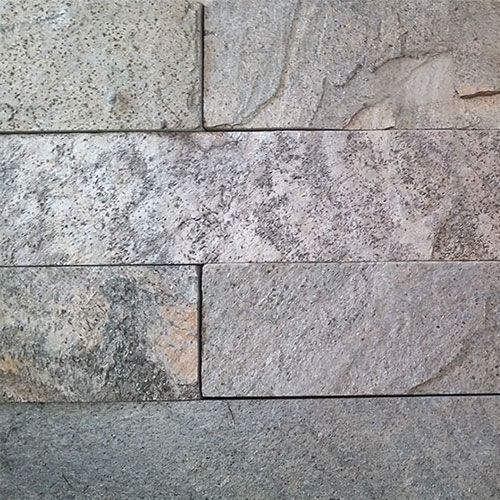What’s the deal with porcelain tiles? Originally thought to be a niche product, porcelain tiles have grown in size, thickness, and strength. Today, they are specified for interior and exterior applications, furniture, and walls. Their strength and durability has also increased, and new International Building Code standards are guiding their specification. Attend a webinar to learn about the advantages and disadvantages of this durable material. We will also discuss its installation, cost, and design potential.
Disadvantages
One of the most appealing features of porcelain tiles is their durability and long life. Although this type of flooring is difficult to maintain, it is easy to clean with a mild tile shampoo. If necessary, you should also clean the grout joints. Afterward, dry them with a microfiber cloth. Porcelain tiles can be damaged and require repair work if this occurs. Porcelain tiles are more rigid than ceramic tiles, making them more difficult to handle and install.
Installation
When it comes to choosing flooring materials, porcelain and ceramic tile are often confused. They both have similar appearances, but they serve slightly different purposes. For example, ceramic tile is cheaper to buy and install. Porcelain is much heavier, so it is better suited for outdoor applications, such as patios or pool areas. They are also a great choice for countertops. You can choose from a variety of color options and surface finishes.
Cost
The cost of porcelain tiles can vary depending on the size, color, texture, and rating of the tile. Porcelain tiles can last as long as thirty years and are much more affordable than natural stone Split Face Mosaic Tiles. However, you should consider the cost of grout and mortar, which are also required for installing these tiles. The darker the grout color, the better, as it helps hide dirt and avoid discoloration. Listed below are some tips on how to reduce the cost of porcelain tiles.
Design potential
Porcelain tiles have many benefits for design. These tiles are highly energy-efficient and act as a temperature moderator for the space. This means fewer costs for heating and cooling the space and reduced operational carbon. Thermal mass benefits of porcelain tiles are maximizing with intentional design. Below are some ways to use thermal mass in your porcelain tile installation. In addition to the design potential, porcelain tiles can provide other benefits as well.
Durability
There are many benefits to choosing porcelain tiles for your flooring. Porcelain tiles are less prone to staining and wear than ceramic Wall Facing Tiles. They are also less likely to break or chip than ceramic tile. Because of this, porcelain tiles are the perfect choice for high-traffic areas and homes with pets or children. Even if your flooring does get a lot of traffic, it will still look beautiful for many years to come.





Can you be more specific about the content of your article? After reading it, I still have some doubts. Hope you can help me.
Thank you for your sharing. I am worried that I lack creative ideas. It is your article that makes me full of hope. Thank you. But, I have a question, can you help me?
Can you be more specific about the content of your article? After reading it, I still have some doubts. Hope you can help me.
Can you be more specific about the content of your article? After reading it, I still have some doubts. Hope you can help me.